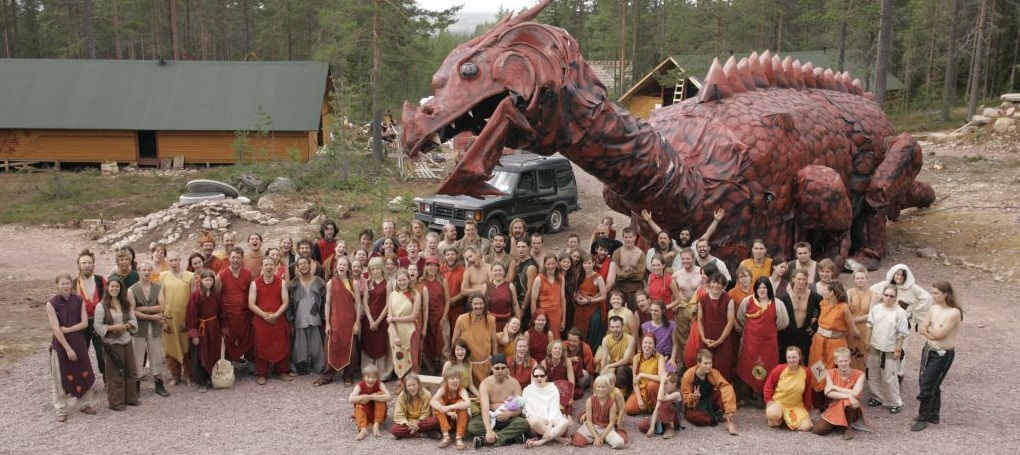Tag: harassment
-

Dragonbane Memories
We had crazy plans. We would transform fantasy larp forever. We would create the best larp in the world… or so I thought.
-

Safety Coordinators for Communities: Why, What, and How
in
This article will define a Safety Team and its role, examine what makes for a good Safety Team, and offer advice for maintaining one for your community.
-

19 Truths about Harassment, Missing Stairs, and Safety in Larp Communities
in
This article presents a Series of Truths about harassment, missing stairs, and community safety that exist in larp communities around the world.